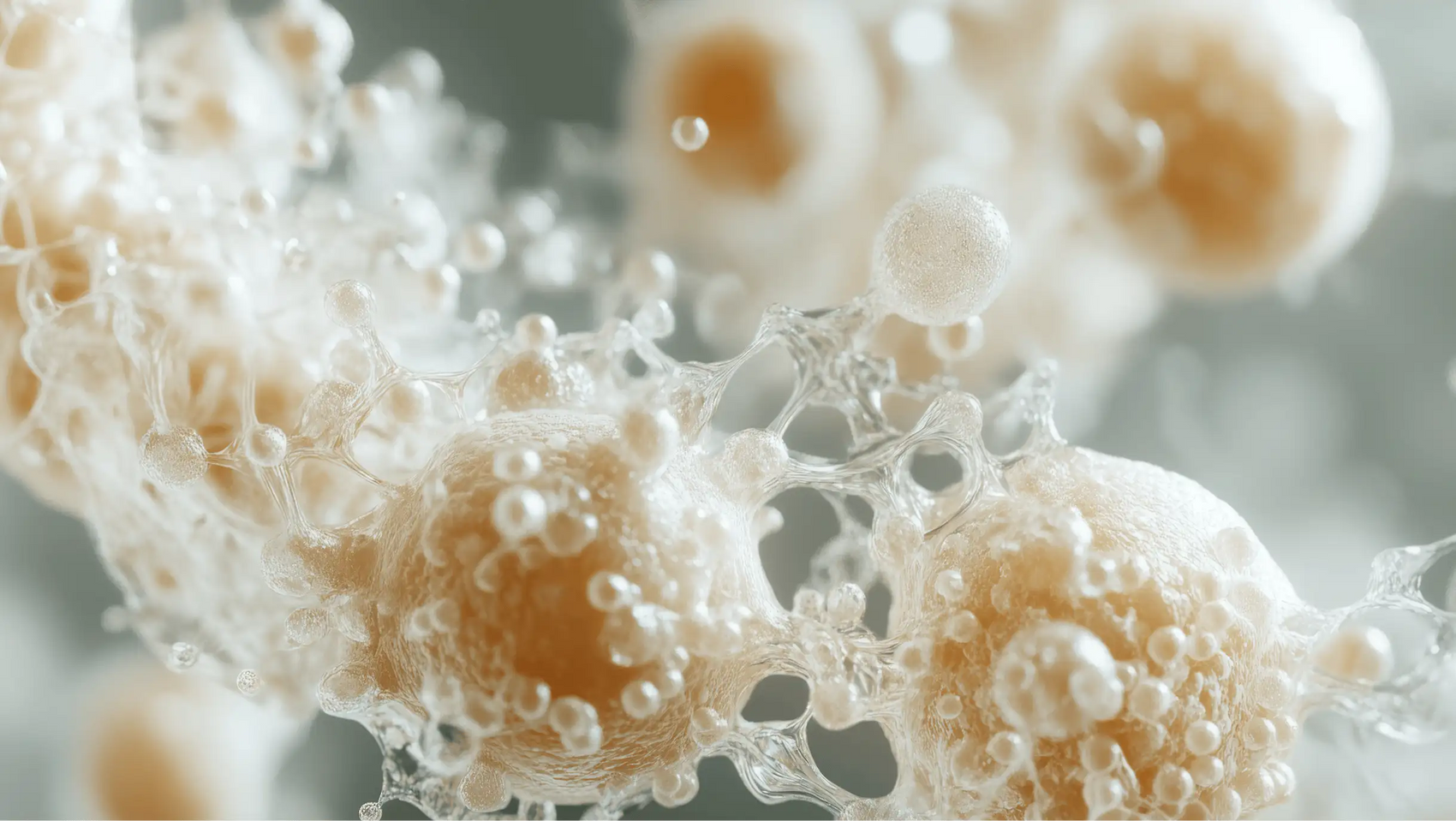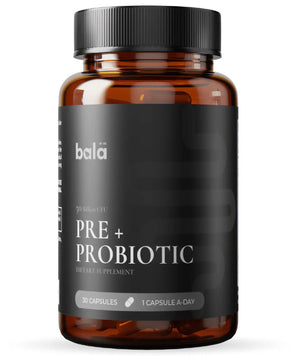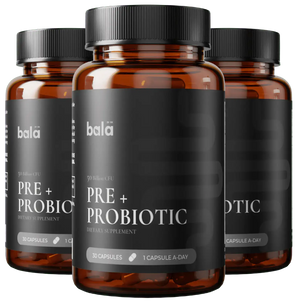Table of Contents
Introduction
Did you know that your gut health is intricately linked to the foods you consume? The human gut is home to trillions of microorganisms that play a vital role in our overall health and wellbeing. In fact, research suggests that a balanced gut microbiome can influence everything from digestion to immune function. One intriguing question that often arises in discussions about gut health is: Is lettuce a prebiotic? As we dive into this topic, we’ll explore what prebiotics are, how lettuce fits into the equation, and the broader implications for our gut health.
As we navigate the complexities of modern diets, the importance of understanding the foods that support our gut bacteria has never been more relevant. With the rise of wellness trends and the growing awareness of the gut-brain connection, knowing which foods can nourish our microbiome is essential. Through this blog post, we aim to clarify the role of lettuce and other leafy greens in the context of gut health, highlighting how they can support our digestive system and overall wellness.
In this article, we will cover:
- What prebiotics are and how they function
- The nutritional profile of lettuce
- The relationship between lettuce and gut health
- Other foods that act as prebiotics
- Practical tips on incorporating prebiotic foods into our diets
- An overview of how Bala Health’s probiotics can complement a prebiotic-rich diet
Are you curious about how to optimize your gut health? Let’s delve into the fascinating world of prebiotics and discover where lettuce stands in the lineup.
Understanding Prebiotics
Prebiotics are non-digestible fibers that act as food for the beneficial bacteria in our gut. Unlike probiotics, which are live microorganisms, prebiotics serve as a substrate that fuels the growth and activity of these good bacteria. This symbiotic relationship is crucial for maintaining a healthy gut microbiome and overall wellness.
The Science Behind Prebiotics
When we consume prebiotic-rich foods, these fibers pass through the digestive system undigested until they reach the colon. Here, they are fermented by beneficial gut bacteria, leading to the production of short-chain fatty acids (SCFAs) such as butyrate, acetate, and propionate. These SCFAs play a pivotal role in:
- Nourishing the cells lining the gut: SCFAs provide energy for colonocytes (the cells of the colon) and help maintain the integrity of the gut lining.
- Regulating inflammation: SCFAs can help reduce inflammation in the gut, which is essential for gut health and may have systemic effects on inflammation throughout the body.
- Supporting immune function: A balanced gut microbiome, supported by prebiotics, can enhance the body’s immune response.
Common Sources of Prebiotics
While various foods contain prebiotic fibers, the most notable sources include:
- Chicory root
- Garlic
- Onions
- Asparagus
- Bananas
- Barley
- Oats
- Apples
These foods are rich in fibers such as inulin and fructooligosaccharides (FOS), which have been extensively studied for their prebiotic effects.
Is Lettuce a Prebiotic?
Now, let’s address the burning question: Is lettuce a prebiotic?
Lettuce, particularly varieties like romaine and green leaf, contains a small amount of fiber, including some non-digestible components that may exert prebiotic effects. However, it is not typically classified as a primary source of prebiotics when compared to other foods like chicory root or garlic. That said, lettuce does offer other health benefits that can support gut health indirectly.
Nutritional Profile of Lettuce
Lettuce is low in calories and high in water content, making it an excellent addition to a balanced diet. Here’s a brief overview of its nutritional benefits:
- Vitamins and Minerals: Lettuce is a good source of vitamins A, C, and K, as well as folate and iron. These nutrients are essential for overall health and can support immune function.
- Hydration: Due to its high water content, lettuce helps keep the body hydrated, which is important for maintaining healthy digestion.
- Fiber Content: While the fiber content in lettuce is lower than that found in other vegetables, it still contributes to overall fiber intake, which is beneficial for digestive health.
The Role of Lettuce in Gut Health
While lettuce may not be a powerhouse of prebiotics, its inclusion in a varied diet can still play a role in supporting gut health. Here’s how:
- Variety in Diet: Including a variety of vegetables, including lettuce, can encourage a diverse gut microbiome. Diversity in gut bacteria is associated with better health outcomes.
- Complementing Other Foods: Lettuce can be paired with other prebiotic-rich foods, such as garlic or onions, in salads or dishes, enhancing the overall prebiotic content of the meal.
- Encouraging Healthy Eating Habits: Incorporating more vegetables like lettuce into our diets can promote healthier eating patterns, leading to an overall increase in fiber intake and better gut health.
Practical Tips for Incorporating Prebiotic Foods
To maximize the benefits of prebiotics in our diets, we can take several practical steps:
- Diverse Diet: Aim to include a variety of prebiotic foods in your meals. Think beyond lettuce to incorporate foods like garlic, onions, asparagus, and bananas into your cooking.
- Experiment with Salads: Create salads that combine several prebiotic-rich ingredients. For example, a salad with spinach, chickpeas, garlic, and a vinaigrette made with apple cider vinegar can provide a wealth of nutrients and prebiotic fibers.
- Snack Smart: Snack on foods that contain prebiotic fibers, such as raw vegetables (including lettuce), apples, or even whole-grain crackers.
- Cook with Prebiotics: Use prebiotic ingredients in your cooking. For instance, add garlic and onions to soups, stews, and stir-fries to enhance flavor and boost the prebiotic content.
- Stay Hydrated: Drink plenty of water, especially when increasing fiber intake, to support digestion and prevent discomfort.
How Bala Health Fits In
At Bala Health, we understand the importance of a balanced gut microbiome and the role that both prebiotics and probiotics play in supporting digestive health. Our commitment to science-backed, clean-label probiotics ensures that you can trust the supplements you choose.
Our flagship probiotic is formulated to complement a diet rich in prebiotics. By taking our probiotics, you can help introduce beneficial bacteria into your gut, creating a thriving environment for gut health.
Why Choose Bala Health Probiotics?
- Science-First: Our probiotics contain clinically validated strains and doses, ensuring you receive effective support for your gut health.
- Transparency: We believe in openness about our ingredients and processes, so you know exactly what you’re putting in your body.
- Simplicity: Health should be uncomplicated. Our products are designed to be easy to understand and incorporate into your daily routine.
- Empowerment: We strive to educate you on gut health, empowering you to make informed choices for your wellness journey.
- Integrity: We stand by our promise to deliver effective products. If it’s not effective, it’s not Bala.
Ready to start your journey to better gut health? Shop our clinically-backed probiotic now and feel better from the inside out.
Conclusion
In conclusion, while lettuce may not be the top contender when it comes to prebiotic foods, its inclusion in a balanced diet can still contribute to overall gut health. By incorporating a variety of prebiotic-rich foods alongside our clean-label probiotics from Bala Health, we can support our gut microbiome and pave the way for improved digestion and wellness.
Are you ready to take the next step in your health journey? Take our 3-minute Weight-Loss Quiz to find your personalized gut-health roadmap and discover how you can optimize your health.
FAQ
1. What are prebiotics?
Prebiotics are non-digestible fibers that serve as food for beneficial gut bacteria, promoting their growth and activity.
2. Is lettuce a good source of prebiotics?
Lettuce contains some fiber, but it is not typically classified as a primary source of prebiotics compared to foods like garlic and chicory root.
3. How can I increase my intake of prebiotics?
Incorporate a variety of prebiotic-rich foods into your diet, such as garlic, onions, leeks, asparagus, and bananas.
4. How do probiotics complement a prebiotic-rich diet?
Probiotics introduce beneficial bacteria into the gut, creating an environment that supports the growth of these bacteria, especially when paired with prebiotic fibers that nourish them.
5. What is the best way to include probiotics in my routine?
You can take probiotics in supplement form or consume probiotic-rich foods like yogurt, kefir, and fermented vegetables. To enhance their effectiveness, consider pairing them with prebiotic foods for optimal gut health.
By understanding the roles of both prebiotics and probiotics, we can make informed choices that support our gut health and overall wellness. Let’s embark on this journey together to feel our best from the inside out!







